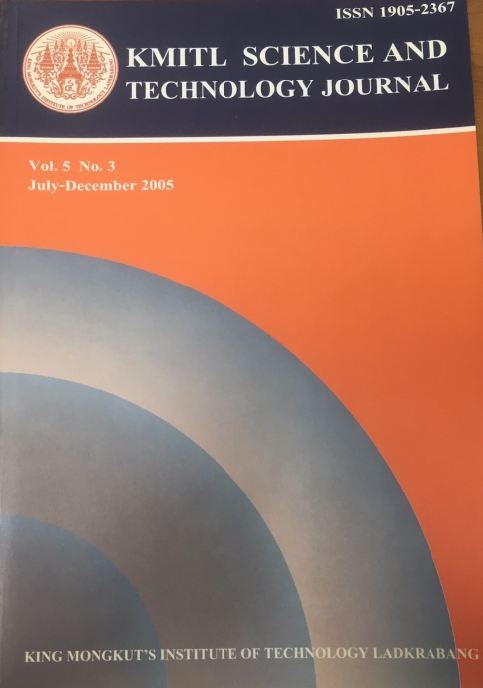Light Detection and Ranging (LIDAR) data compression has been an active research field for last few years because of its large storage size. When LIDAR has large number of data points, the surface generation represented by interpolation methods may be inefficient in both storage and computational requirements. This paper presents a newly developed compression scheme for the LIDAR data based on second generation wavelet. A new interpolation wavelet filter has been applied in two steps, namely splitting and elevation. In the splitting step, a triangle has been divided into several sub-triangles and the elevation step has been used to ‘modify’ the point values (point coordinates for geometry) after the splitting. Then, this data set is compressed at the desired locations by using second generation wavelets. The quality of geographical surface representation after using proposed technique is compared with the original LIDAR data. The results show that this method can be used for significant reduction of data set.
Keywords: Light Detection and Ranging (LIDAR), Delaunay triangulation, Triangulated irregular network (TIN), Geographical information system, Lifting scheme, Second generation wavelet
Corresponding author: E-mail: biswajeet@mailcity.com
Pradhan*, B. ., Kumar, S. ., Mansor, S. ., Ramli, A. R. ., & Sharif, A. R. B. M. . (2018). Light Detection and Ranging (LIDAR) Data Compression. CURRENT APPLIED SCIENCE AND TECHNOLOGY, 515-526.
